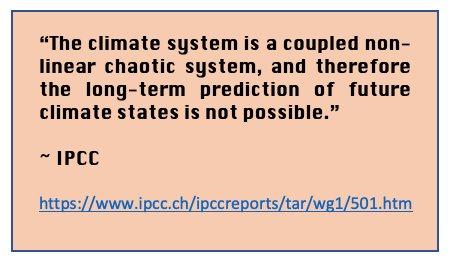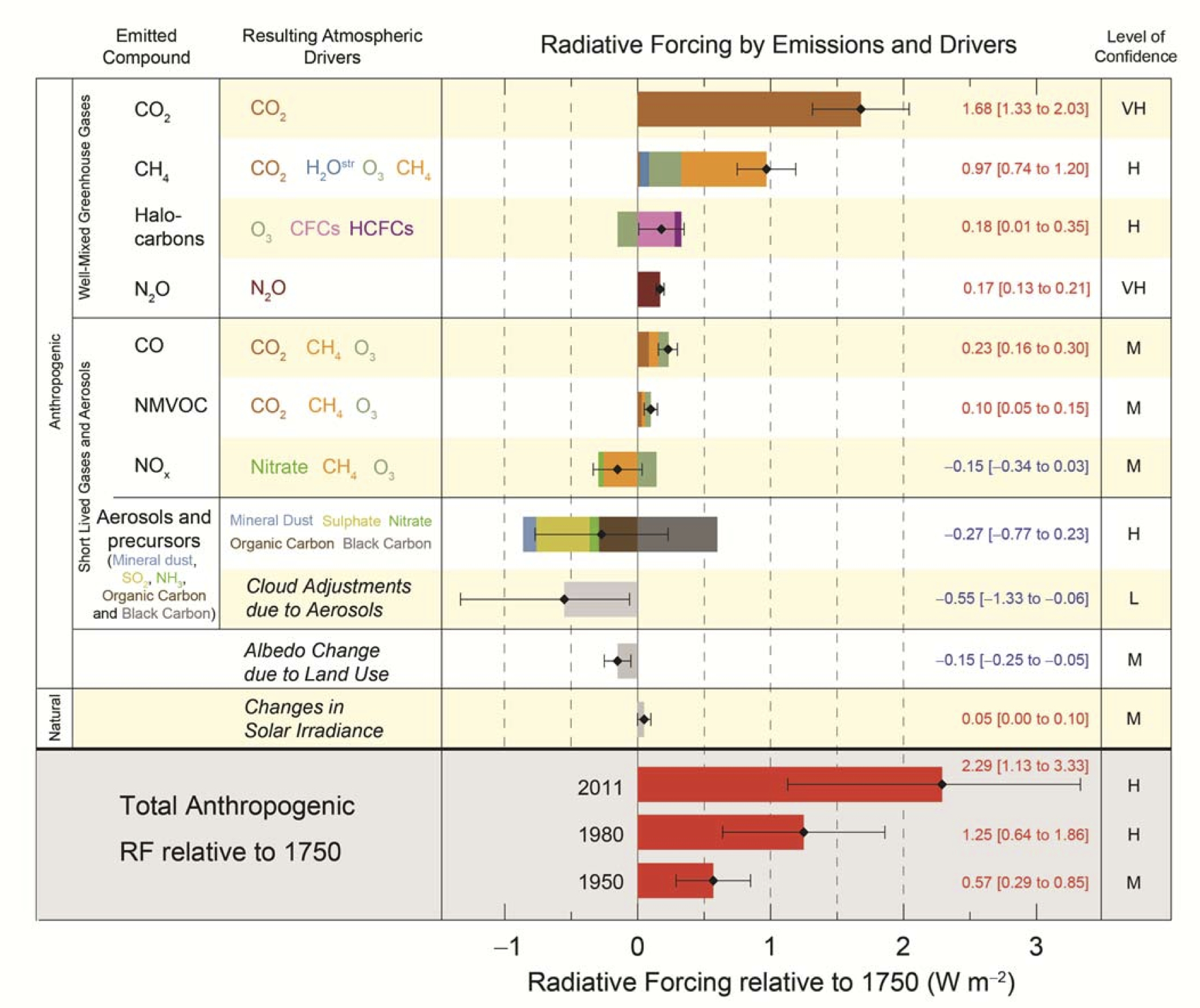Sunsettommy
Diamond Member
- Mar 19, 2018
- 14,903
- 12,533
- 2,400
You mean like this?

The non-link link generates a 404 error.
But, let's assume it's a genuine quote. Please state, in your own terms, what it means, and pay close attention to the meaning of "climate state" in your elaboration. Thanks in advance!
It is a genuine quote as you can see HERE IN THE FINAL DRAFT
The IPCC has been deleting portions like this from their website, it is a typical behavior of political organizations. That is why I saved this to preserve what they originally published.
If you know terms such as the following:
Falsification, Verification, Scientific Method, Replication, Chaos, Testability, you would know this statement "Future Climate States" is pseudoscience. However their entire statement is a rational one since modeling far into the future exercises has no credibility since it is NOT part of validating science research. Models are not data or evidence, they are assumptions on what they think might be.
Scientific Method is a far better way to run your research with, that way you can realize in real time whether your initial hypothesis is a good one or not. Can't do that with modeling scenarios to year 2050, 2100 and 3100.

Last edited:






